Autistic and LGBT: This is what it’s like to be queer and have an autistic spectrum disorder
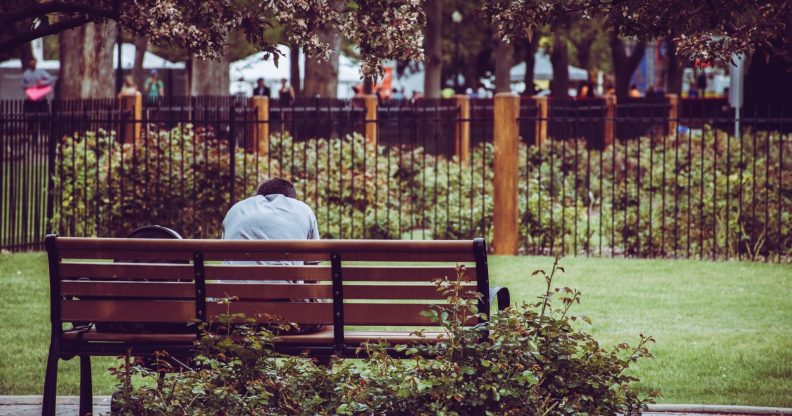
There’s no denying the fact that coming out or identifying as queer can be difficult in a plethora of ways.
Although LGBT understanding and rights have improved dramatically in the past few years, members of the community still face stigma, discrimination and political challenges on a daily basis.
But for someone diagnosed with an autism spectrum disorder, being homosexual, bisexual or trans can bring even more challenges.

(Pexels)
It is a lifelong developmental disability that affects the way someone makes sense of the world and communicates with the people around them.
Related: What it’s like to deal with mental health issues when you’re LGBT
The condition impacts social interaction, communication, personal interests and behaviour. And, currently, there is no known cause of the condition – just as there is much debate about the biological characteristics of sexuality and gender issues.
While a lot of queer people are proud of who they are, there are others who struggle to come to terms with and understand their identity daily.
However, being both autistic and LGBT can pile on social complexities, introducing a range of challenges. Here’s how autism spectrum disorder impacts the LGBT community.
Fitting in
If you asked someone with autism how they find living in the world, they may say it’s overwhelming. Most people are equipped with the ability to get by in daily society, but those who are on the spectrum struggle to fit in.
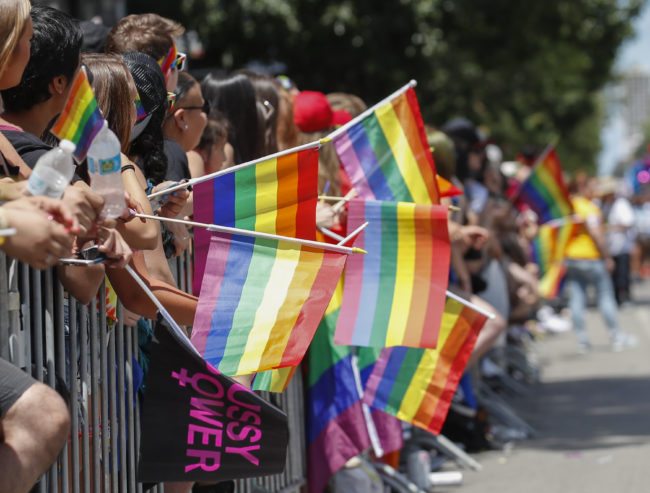
(Getty)
According to the National Autistic Society, they “see, hear and feel the world” differently to neurotypical people. Of course, because autism is a spectrum disorder, there are varying levels of difficulty.
Related: Here are all your rights if you are gay
However, in general, people on the spectrum will struggle to communicate, express their feelings, relate to others and understand social cues.
Often, an individual with autism will be less interested in conforming to societal norms, leading them to develop their own unique identities. The Asperger and Autism Network argues that autistic people are “more inclined to be oneself” as a result.
Expressing sexuality and gender
At the same time, though, the inability to navigate social settings can mean that people with the condition find it harder to communicate their individualism and to form relationships with others.
When it comes to interacting, autistic children and adults may struggle to form conversations; repeat certain words and phrases; only talk about their interests; reject being touched (such as hugs), and avoid eye contact, and develop repetitive patterns.
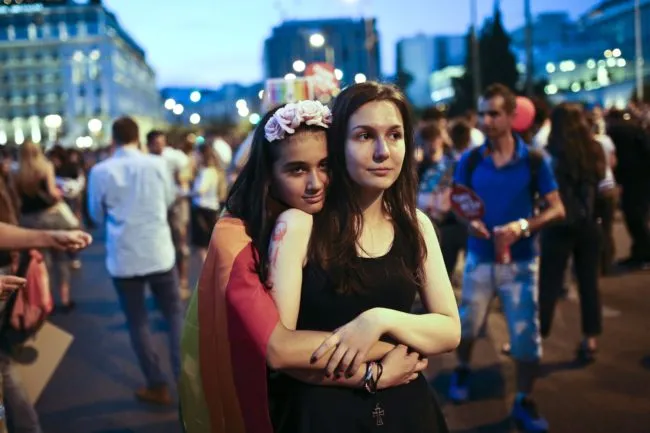
(Getty)
Members of the autistic community usually have strong feelings about personal space and may struggle to understand that other people need their own space too.
Related: This is the difference between gender and sexuality
Another common trait of ASD is the incapacity to understand emotions, and changes to routine can be extremely distressing. When all of these things are combined, it can be difficult for autistic people to initiate and maintain relationships – whether friendship or romantic.
That’s not to say that individuals with autism can’t live normal lives, but understanding and patience from family members, friends, partners and employers is crucial.
Being yourself
Jack Whitfield, who is a member of Ambitious About Autism’s youth council and a performance poet from Plymouth, admits that it can be difficult to express two different identities.
“From talking to friends who are on both the autism and LGBTQ+ ‘spectrums’, there seems to be a lot of distrust from outsiders that Autistic people know what they’re talking about when they identify with the latter,” he says.
But he believes that things are changing. “That said, so many more of us are embracing different sexualities and gender fluidities regardless, and with relative confidence,” explains Jack.
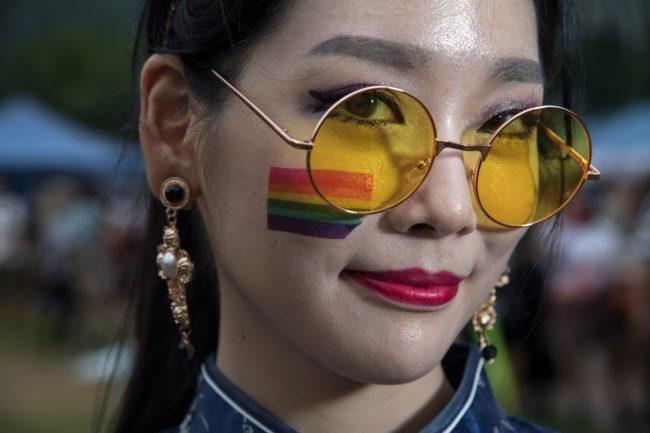
(Getty)
By surrounding himself with like-minded people, Jack says he has been able to better understand his autism and sexuality.
Related: What is a quasiplatonic aka queerplatonic relationship?
“Last Pride Festival in Plymouth was fantastic to meet lots of other Autistic people being very open with both, which is helping me as I learn more about my possible biromantic or asexual traits.”
“The two movements [autism and LGBT] always seemed to work well in tandem, defying convention but with a view to equity and integration, instead of striking out against those who are not Autistic or LGBTQ+,” he says.
“I’m grateful because uncomfortable social encounters which I had previously put down to my autism are becoming more complex to analyse, with contemplating and questioning my sexuality within it.
He adds: “As I see my Autistic peers as brothers and sisters, regardless of where they are on the spectrum. The parallel values of patience and welcoming I see in the Pride movement reassures me in being able to discuss navigating this fresh terrain for me.”
Not always visible
Depending on the type of autism someone is diagnosed with, it’s not always easily identifiable. This has led many people to call ASD a silent disability.
Jonathan Andrews, 24, who is openly LGBT and on the spectrum, says that both his sexuality and disability are not immediately visible to people.
He explains: “I don’t tend to announce either when first meeting people unless it naturally comes up in conversation or if the other person is aware themselves – usually the case if they’ve read about my advocacy on both.”
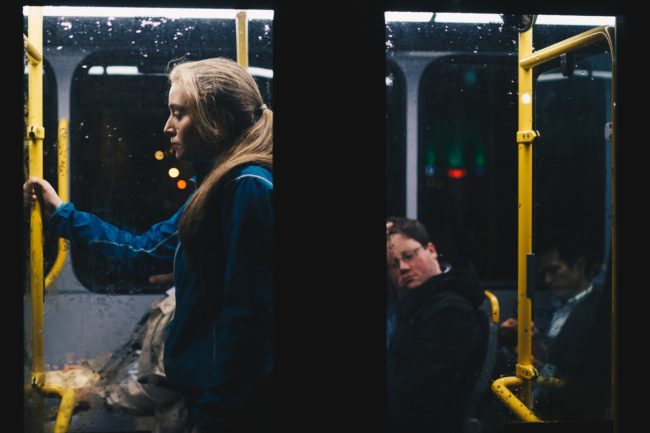
(Pexels)
In the LGBT community, there are often stereotypes placed on individuals, even though there’s no such thing as the perfect person. Jonathan says that while understanding is improving, he still faces stigma.
Related: Department of Health and Human Services removes words lesbian and bisexual from website
“With sexuality, it’s often people assuming you must be ‘secretly gay’, or similar. With autism, you either get people assuming you’re not actually autistic – saying, ‘you don’t look autistic’, ‘you look fine’ or variants, or assuming that because I’m clever, nothing else matters – or setting a lower bar for you, often called the “soft bigotry of low expectations’,” he says.
“That said, I wouldn’t say my experience has been mostly negative – on the whole, I’ve worked with, and am friends with, people who accept me for who I am and recognise the advantage of diversity.”
The most important thing to realise, though, is that every individual on the autistic spectrum is different.
Not only do they not only come from different backgrounds, but they have their own strengths and weaknesses.

